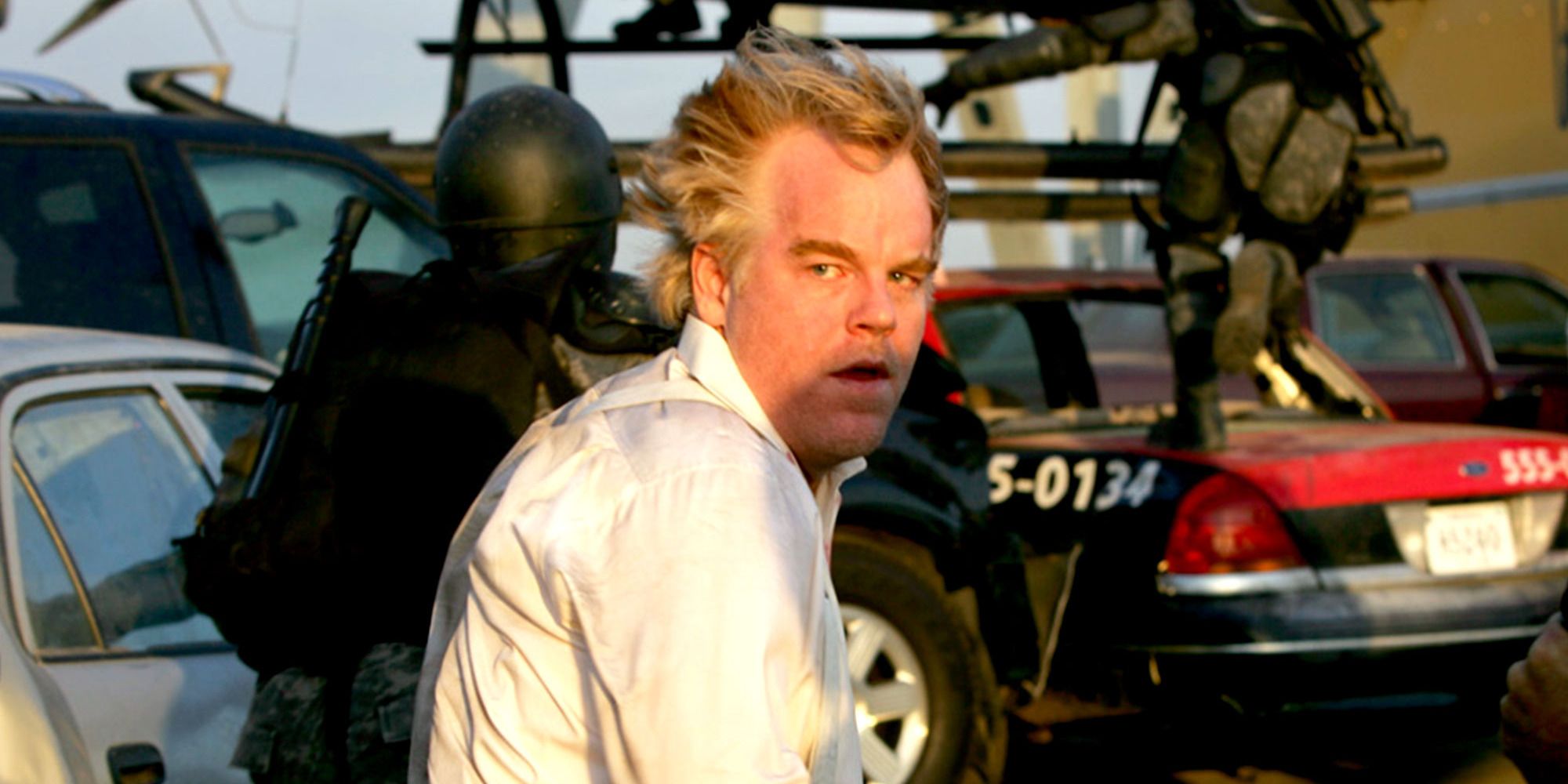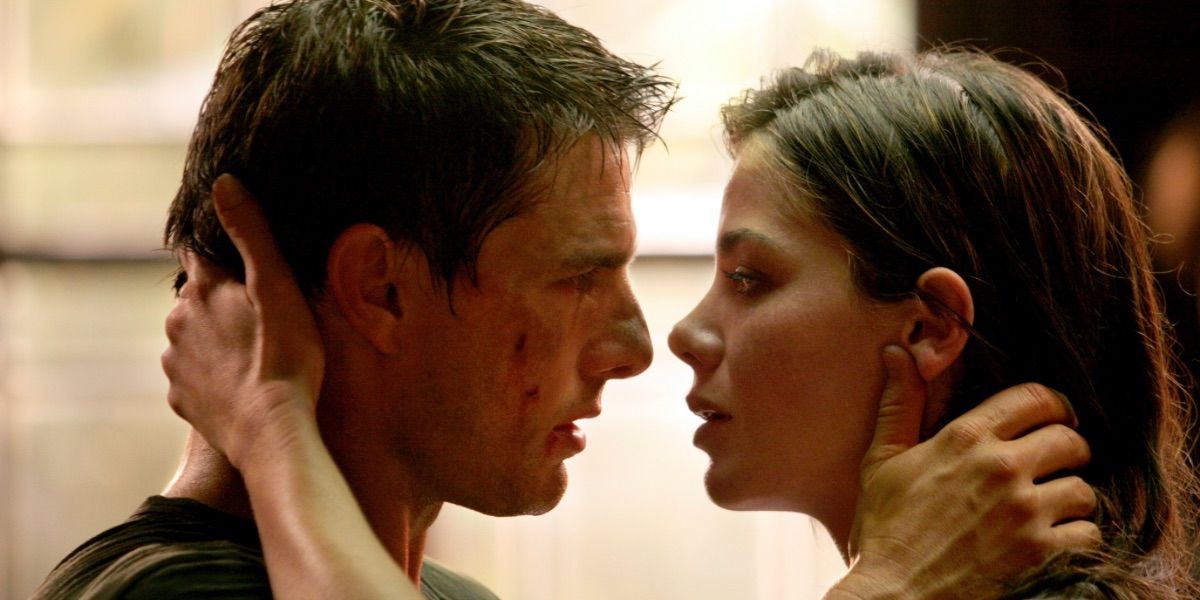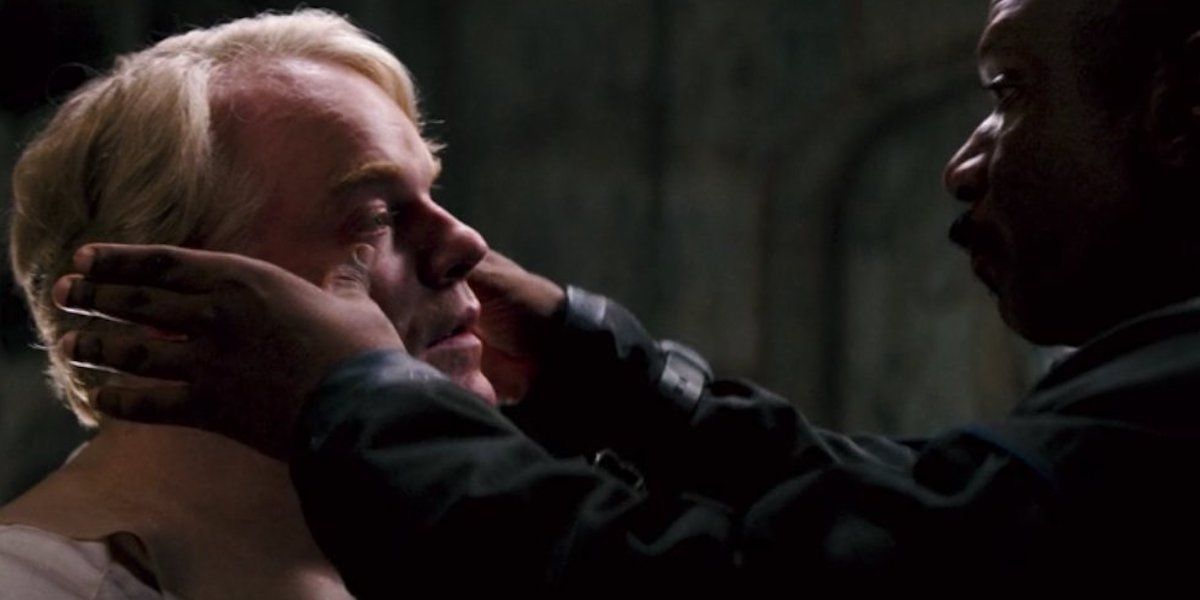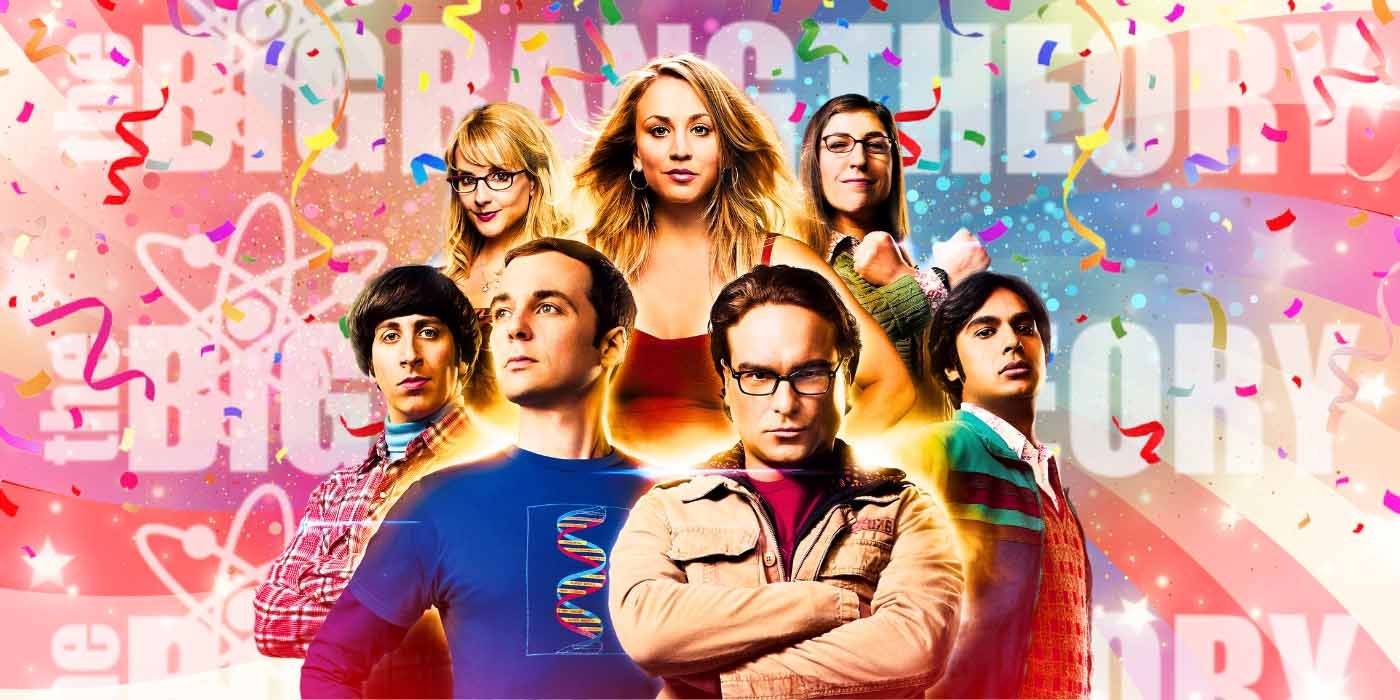The Big Picture
- Mission: Impossible III took a more grounded approach compared to its predecessors, with fewer gadgets and a darker tone.
- The film’s camerawork mimicked the shaky-cam style popularized by The Bourne Supremacy, abandoning traditional filming techniques.
- The movie incorporated explicit political commentary, with the villain Musgrave representing criticism of the American government during the George W. Bush era.
It took a minute for the Mission: Impossible franchise to really kick off as a pop-culture juggernaut. While the original 1996 movie was a massive hit, the first sequel in 2000 provided divisive enough (though also enormously lucrative) to provide questions on what the long-term future of the series was. The fourth film, Mission: Impossible – Ghost Protocol in 2011, revived both the franchise and the box office clout of Tom Cruise, in the process ensuring that the saga could continue on for the indefinite future. Since then, new Mission: Impossible titles have arrived at a steadier pace and with a lot more anticipation than the uncertainty that greeted the release of the sort of stuck-in-the-middle Mission: Impossible III. The recent showing from Ethan Hunt with Mission: Impossible — Dead Reckoning Part One also had a disappointing box office (the lowest since the third film).
Divorced by nearly two decades since its initial release, Mission: Impossible III now stands out as a time capsule of 2006 pop culture, and not just because of the kind of chunky cell phones these characters wield. Mission: Impossible III capitulated to a lot of filmmaking and tonal norms dominating the blockbuster movie scene in this era. These qualities have made it stand out starkly compared to its predecessors and successors, for good and for ill.
What Are the Biggest Unique Qualities of ‘Mission: Impossible III’?
Above all else, Mission: Impossible III is notable in this franchise for being the most grounded entry in the series by far. Nifty gadgets are kept to a minimum, face masks are only occasionally peeled off, and a grim color palette permeates the proceedings. Mission: Impossible III came less than a year off Batman Begins redefining what Batman could look like on the big screen. Studios were already following that success by turning everything in sight into grim ‘n’ gritty spectacles. That trend undoubtedly influenced the direction of Mission: Impossible III, as did criticisms of Mission: Impossible II including too many stylized touches (like non-stop instances of characters ripping off face-concealing masks).
Going this route also informed a notable visual detail of Mission: Impossible III — its camerawork. Director Brian de Palma informed the original Mission: Impossible with crisp wide shots that always made it clear who was fighting who and why. There was an intricacy to the blocking, a subtle way to remind viewers to keep their eyes peeled for anything and everything in the frame. By contrast, Mission: Impossible III was all about mimicking Paul Greengrass’s shaky-cam style of filming from The Bourne Supremacy. An at-the-time new way to approach American action movie sequences, this style proved dominant in punching-heavy motion pictures starting in the mid-2000s. Unsurprisingly, tripods are abandoned for many of the most intense Mission: Impossible III set pieces, which are filmed with volatile camera movements.
The script for Mission: Impossible III reinforces this more realistic approach while also adhering to the creative sensibilities of its writers and director. When it comes to filmmaker J.J. Abrams, Mission: Impossible III established that this debut feature-length director would be carrying over his love for mystery box narratives from television to the world of theatrical entertainment. The lack of clarity over the central MacGuffin, The Rabbit’s Foot, is carried all the way to the final scene of the feature, where a reveal is teased only to be taken away from the audience at the last minute.
Meanwhile, writers Roberto Orci and Alex Kurtzman worked with Abrams here before further collaborating with the director on projects like the 2009 Star Trek reboot. Orci’s love for government conspiracies, which appears to intersect with his 9/11 truther beliefs, is very much apparent in the big secret villain reveal of Mission: Impossible III. Much like how Star Trek Into Darkness and the Transformers movies would feature elaborate government cover-ups driving much of the action, so too did Mission: Impossible III thrive on the idea of a powerful political figure pulling the strings of a blockbuster narrative. These traits aren’t super exclusive to the Mission: Impossible franchise, but they are emblematic of the people who brought this installment to life.
The Uniquely Political Side of ‘Mission: Impossible III’
That big villain reveal centers on John Musgrave (Billy Crudup), an IMF Assistant Director who initially poses as a close ally to Ethan Hunt before revealing his true colors as a collaborator with arms dealer Owen Davian (Philip Seymour Hoffman). While Hunt is tied up in a chair, Musgrave calmly explains that he’s had an elaborate plan to betray the IMF and destroy the terrorists Davian is currently in the employment of. With this plan, Musgrave believes that the U.S. can “do what it does best” in firing away at potential threats and picking up the subsequent rubble.
This sequence brings something new to the Mission: Impossible franchise: explicit political commentary. One can extrapolate endless political interpretations of the individual installments of this saga, but these films as texts aren’t necessarily looking to afford commentary on the wider world they inhabit. Just look at the villains inhabiting the trio of Mission: Impossible titles following Mission: Impossible III. They’re all adversaries who are varying degrees of entertaining, but they’re folks obsessed with nuclear warheads and global chaos in a way that feels divorced from reality. They’re not necessarily built from the ground up to evoke the fascists, government leaders, and bigots causing so much turmoil on the geopolitical scene in the 2010s.
By contrast, Musgrave is clearly meant to be a commentary on the American government circa 2006 under the leadership of George W. Bush. Returning to Orci’s off-screen obsessions, the idea of a key American government official allowing weapons to get sold to terrorists plays into a 9/11 truth conspiracy regarding the U.S. government “allowing” the Sept. 11, 2001 attacks to happen. Meanwhile, Musgrave’s comments about attacking countries before their citizens commit crimes evoke the initial justification for the Iraq War concerning potential Weapons of Mass Destruction. As part of Mission: Impossible III’s adherence to a more “realistic” aesthetic, one of its central villains is also more grounded in political reality.
Trying to engage in real-world politics isn’t something Mission: Impossible III proves especially good at. Musgrave ends up being superfluous to the plot (he doesn’t even get dispatched in an especially memorable manner) while the mystery-heavy narrative instincts of Abrams keep the politics of the rest of the film unnecessarily murky. Musgrave functioning as an allegory for the Bush-era of American government mostly just feels like a strange detour. However, it does further reflect the ways Mission: Impossible III tries to do some new things within this franchise and establish its own identity.
‘Mission: Impossible III’ Is Undeniably Its Own Creature
In the middle of Mission: Impossible III, an incarcerated Davian sees his transportation vehicle attacked by a group of mercenaries sent to rescue him. Hunt, who is just behind this prison transport vehicle in another car, engages in a high-speed chase on a crumbling bridge to stop this rescue operation. During this sequence, Hunt’s stunts are noticeably smaller-scale than other big Mission: Impossible set pieces (jumping over a chasm in a bridge feels like small potatoes compared to the helicopter chase in Mission: Impossible — Fallout) and the camera lingers on civilians caught in the middle of this mayhem. One woman screams in pain about how much she’s bleeding while innocent people get mowed by gunfire.
It’s not a scene that screams “summer blockbuster excitement,” but it does function as a microcosm of the darker tone Mission: Impossible III is aiming for. In the context of the larger franchise, it’s easy to admire those distinctive creative impulses, especially since they allow Hoffman to inhabit a baddie who wields a tangible sense of menace. The Mission: Impossible saga is a unique long-running blockbuster franchise in just how many different filmmakers and writers have worked on individual titles. The fact that Mission: Impossible III, for good and for ill, can stand so starkly apart from everything that came before and after it speaks to the excitingly nebulous nature of Tom Cruise’s most enduring saga. With Mission: Impossible — Dead Reckoning Part Two in the distance, looking back at the earlier Mission: Impossible films shows us the growth that we’ve seen Ethan take over the years and one of the biggest shifts happened during the third film in the franchise.






